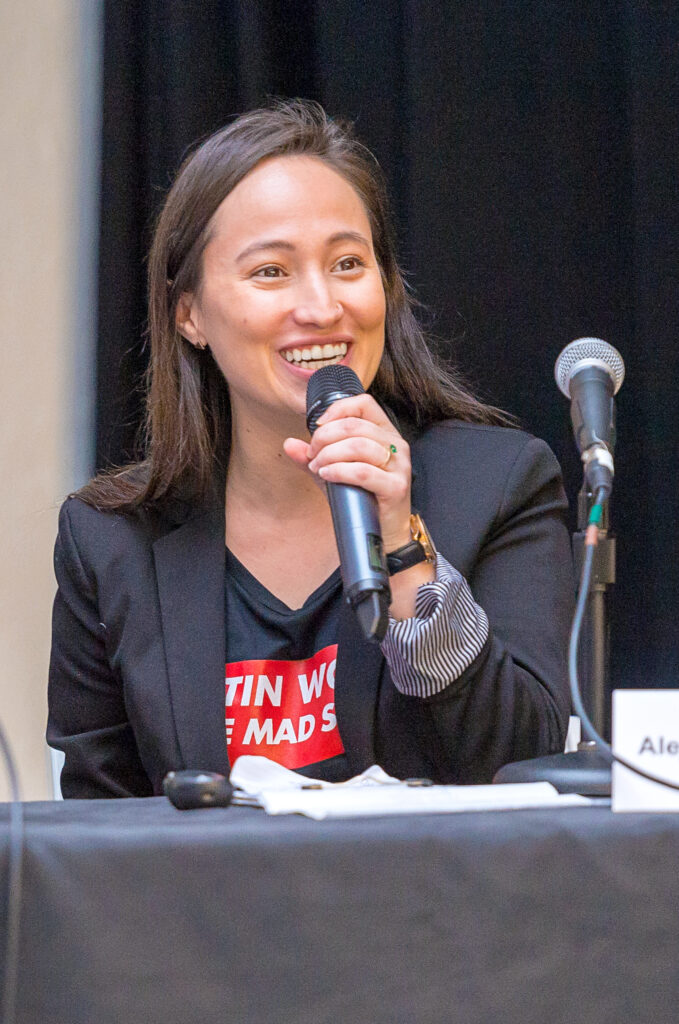What New Wage Transparency Laws Mean for the Dance Industry
It’s an all-too-familiar experience for freelance dancers. “You go for these auditions, and you think it’s a big opportunity,” says BRAT, a New York City–based dancer who founded the #FreelanceDoesNotEqualFreeDance social media campaign and has performed in a variety of music videos and at events like the MTV Video Music Awards and the U.S. Open. “And then after you’ve already gotten the gig, they’re like, ‘Oh, we don’t have rehearsal pay.’ ”
Lack of clarity around how much a job pays can be frustrating for seekers of all kinds. But in the dance industry, where gigs are often underpaid or unpaid, and where most performers string together many opportunities over the course of a year, the lack of wage transparency can be particularly fraught. Two new laws in New York City and California seek to rectify this, by requiring employers with four or more employees (in the case of New York City’s law) or 15 or more employees (in the case of California’s SB 1162) to include salary information in all job postings, or risk paying penalties.

When New York City’s law took effect in November, service organization Dance/NYC immediately adjusted its popular job listings page to require salary information for all postings. But Alejandra Duque Cifuentes, Dance/NYC’s strategy and research consultant and former executive director, says the organization and the wider dance world need more guidance from the city to implement the law effectively. For one: The law states that employers must list a “good faith” salary range, though some have misinterpreted the definition as outlined by the city, in some cases leading to ranges that are too large to be useful. (The California law has no language about the size of the pay scale listed.) Listings for full-time jobs on the Dance/NYC site as of press time have ranges of up to $20,000, and others for hourly work list a range as large as $40 per hour. (When the law first went into effect, postings in other industries went viral for ranges of $100,000 or more.)
While neither law directly addresses the low salaries rampant in the dance industry, they do give dance workers the agency to choose the jobs they want to audition for or apply to based on how much they pay, says Tim Cynova, principal at Work. Shouldn’t. Suck., former co-CEO of Fractured Atlas and former executive director of Parsons Dance. This, he says, could put pressure on organizations compensating on the low end. BRAT, too, hopes that employers having to share their rates with the world will lead them to reconsider how much they’re offering—or that rates will eventually be forced up when low-paying jobs fail to attract talent.
On the other hand, Duque Cifuentes worries that without proper support, organizations with minuscule budgets may get left behind when their low-end rates can’t budge. “Because it’s one thing to say ‘This is a requirement,’ and it’s another thing to help people have the resources to do it, so that we don’t find ourselves losing the diversity of organizational types or organizational sizes or types of work,” she says.
Cynova says that a positive but temporarily painful likely result of these laws is the systematization of pay structures at small dance organizations that don’t have robust human resources departments. “What’s required of wage transparency is a structure that’s clear and consistent aboutwhy one role is comped this and another role is comped that,” he says. “And that takes a lot of work.”
But both Cynova and Duque Cifuentes hope that wage transparency will help the dance industry move towards more equitable compensation—and that it will empower workers. “It changes who has power in an organization, who has information—the opaque system only works for some,” says Cynova. “I think in the end it’s going to make a healthier dance ecosystem.”




